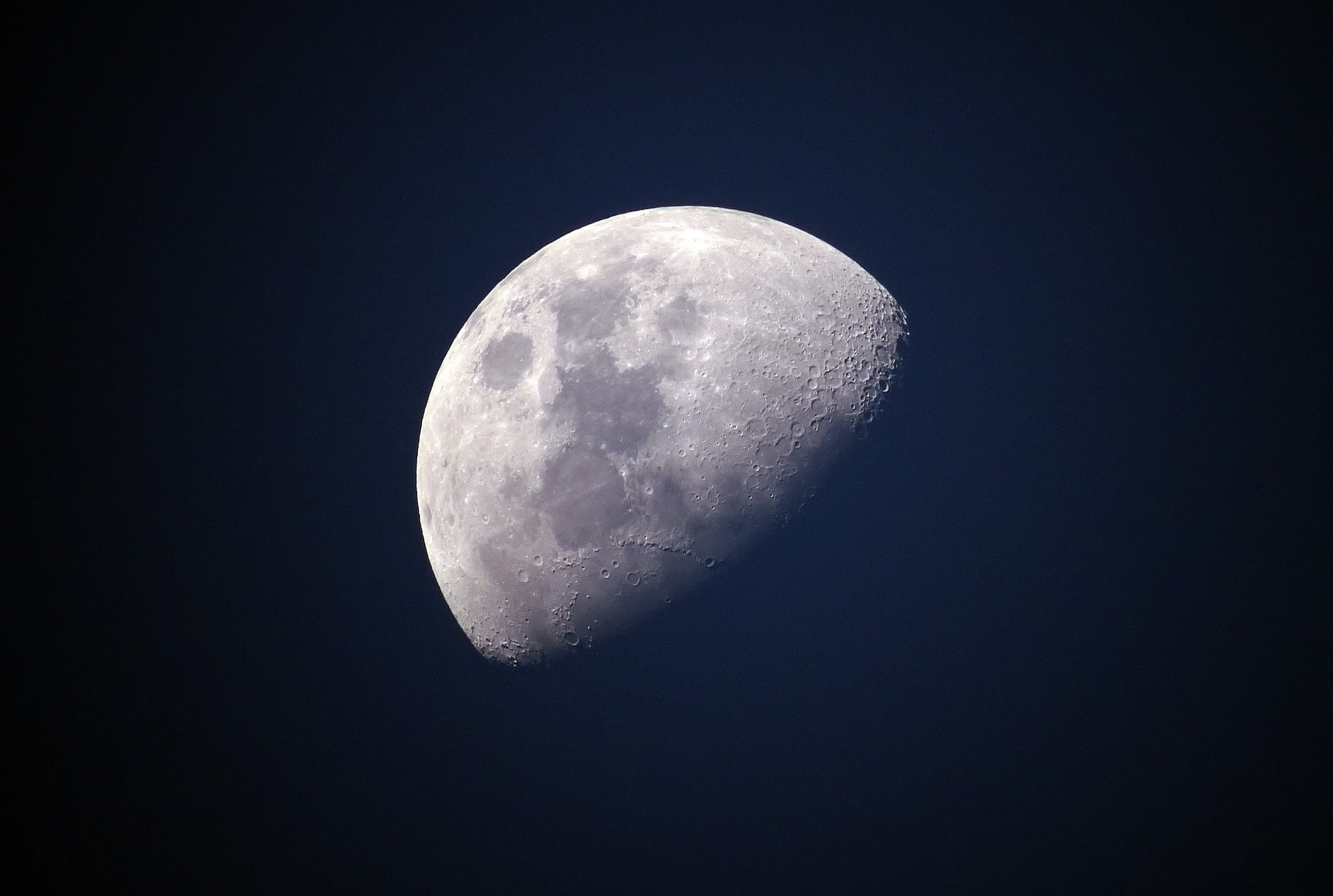The European Space Agency (ESA) said on 21 August that it is seeking proposals for missions to explore lunar caves that could potentially accommodate human outposts, shielding astronauts from cosmic radiation and micrometeorites, and providing access to icy water and other resources trapped underground.
While the surface of the Moon has been well-documented by several satellite missions, we still know relatively little about the “presence and nature” of subsurface cavities. Planetary geologists have identified pits that could be related to the collapse of cavities such as lava tubes – where lava once flowed beneath the lunar surface.
The ESA is looking for ideas for missions with specific scientific objectives related to future explorations of lunar caves. Beyond the ability to access, navigate and map the caves, proposals could include communication lines between the caves and the outside world, and instruments to make scientifically relevant measurements of the cave environment.
Submissions that address one of more of these themes are encouraged:
- Robotic concepts for cave access along a vertical wall.
- Navigation and progression inside the cave on horizontal segments.
- Cave mapping and navigation.
- Communication/power network cave interior/lunar surface.
- Science payload.
The ESA expects to fund multiple small system studies as a result of this call for ideas with a maximum budget of €100 000 per activity and a maximum duration of six months.
All submissions will initially be evaluated on the novelty of the idea, its technical feasibility and quality, and the background and experience of the authors. Participants must be registered in one of the ESA’s Member States, Associate Member States or Cooperating States.
“Exploring and mapping these tubes could provide new information about the Moon’s geology, but they could also be an interesting option as long-term shelter for future human visitors to the Moon,” Franceso Sauro, Director of the ESA’s PANGAEA planetary geology astronaut training, said in statement.
“Mission concepts may be based on a single rover or a distributed system of satellite, robotic or rover systems that operate together,” Loredana Bessone, who is leading the hunt for ideas as Head of Analogue Field Testing and Exploration Training at the ESA, added. “Either way, we are looking for systems that would land on the lunar surface, identify and access a cave and contribute to the scientific exploration of the Moon.”
ESA’s Open Space Innovation Platform (OSIP) provides individuals and businesses with the opportunity to collaborate with ESA experts and contribute to the future of space research. It is run through Discovery & Preparation, which lays the groundwork for ESA’s short- to medium-term future activities.


Leave a Reply